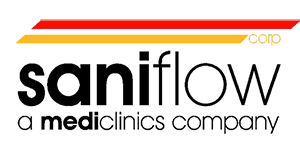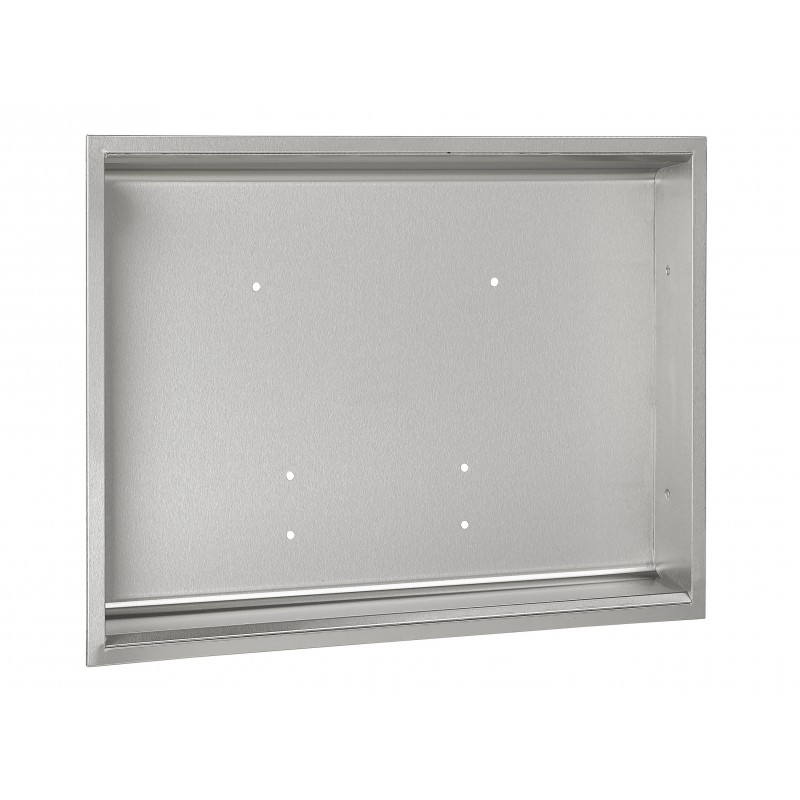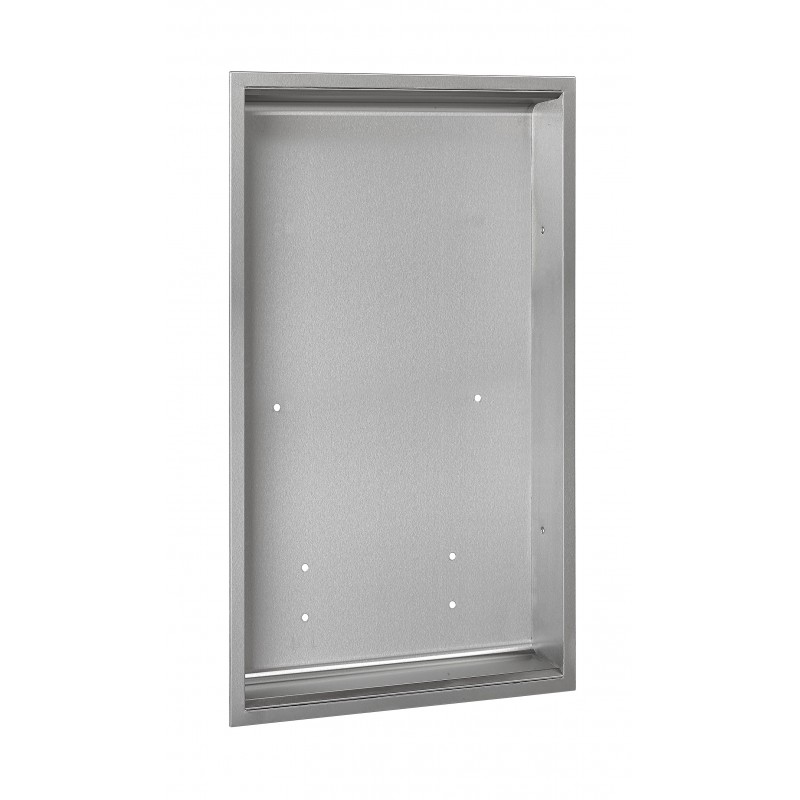Debunking 10 Common Misconceptions About Baby Changing Stations


4. Baby changing stations are unnecessary. Some individuals might perceive baby changing stations as non-essential of a luxury. However, these stations play a vital role in ensuring the well-being and comfort of infants. By providing a dedicated and convenient space for diaper changes and other caregiving tasks, baby changing stations support parents in attending to their child’s immediate needs, promoting their overall happiness and health.
6. Baby changing stations are only found in public places. While baby changing stations are commonly found in public restrooms, the inclusion of these stations in private residences has become more prevalent. As families recognize the convenience and usefulness of having designated area for diaper changes and caregiving, many homes are now equipped with baby changing stations to meet their child’s needs.

7. Baby changing stations are uncomfortable for babies. Baby changing stations are designated with the comfort and safety of infants in mind. Most, if not all, parents carry a soft cushion to place on changing stations in order to provide a cozy spot for their babies during diaper changes. Safety straps are also commonly incorporated to secure infants in place, ensuring their security whole allowing parents to work with ease. Nothing would be more uncomfortable to a baby, that having a diaper changed on someone’s lap.
8. Baby changing stations are a recent invention. While the design and availability of baby changing stations have evolved over time, they are not a recent invention. Baby changing stations have been around for several decades, initially introduced to cater to the needs of parents and provide a designated are for diaper changes in public places. Over the years, these stations have improved in terms of design, functionality, and accessibility.
.jpg)
10. Baby changing stations are a luxury. While baby changing stations were once considered a luxury, their status has transformed over time. Many establishments now recognize the importance of providing a safe and comfortable space for parents to care for their children. Consequently, baby changing stations have become a standard amenity in various public places, acknowledging their necessity in supporting parents and caregivers.
By debunking these common misconceptions, we hope to shed a light on the importance and benefits of baby changing stations. Whether you’re a parent, caregiver, or establishment owner, understanding the role these stations play in providing a clean, convenient, and nurturing environment for infants is essential. Let’s embrace and appreciate the significance of baby changing stations in supporting parents and ensuring the well-being of our little ones.
Please visit our Babymedi pages for horizontal and vertical for Saniflow’s commercial diaper changing station options.















